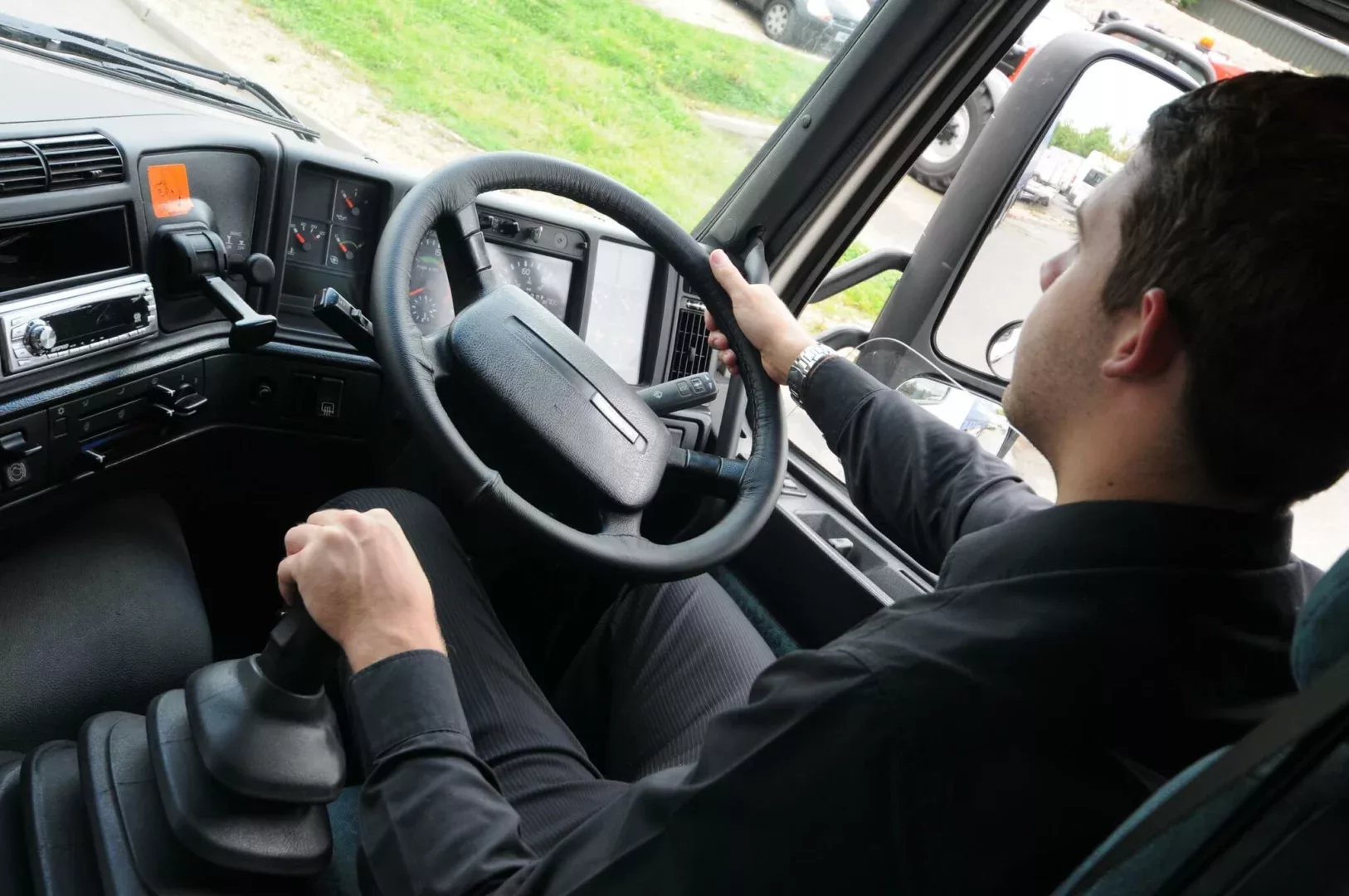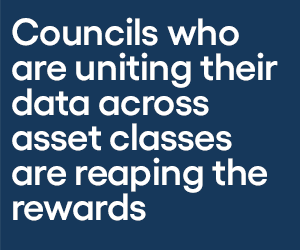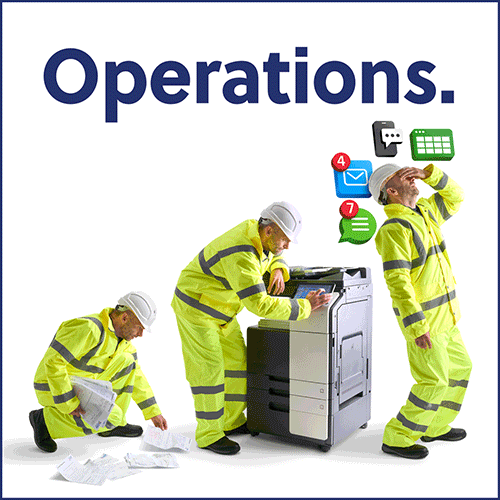Ahead of the budget tomorrow (Wednesday) the Chancellor has been reminded that the finer details of his statement could mean the difference between those who can, and those who struggle to stay afloat.
Barney Goffer, UK Product Manager at Teletrac Navman UK has written an open message to Jeremy Hunt reminding him that, for fleet operators specifically, the measures he announces could “impact their strategy to switch from ICE to EVs”.
Mr Goffer writes: “As we await the Chancellor’s Spring Budget, there are several items predicted to be discussed that could significantly impact businesses of all sizes.
“The 5p fuel tax cut that was announced as a 12-month measure last March is due to expire. Couple this with a possible fuel duty increase of 7p and we could be faced with a 23% rise in overall fuel duty costs, equating to 12p more per litre. The annual rise has been frozen since 2011 and although it is unknown whether the Chancellor will implement the increase this year, it is unlikely, as over 40 Tory MPs have called for the duty to remain frozen but preferably cut.
“Corporation tax rise is also predicted to rise by 6%, from 19% to 25%. At the same time, investment incentives such as the super-deduction and 50% first year allowance are due to end on the 31st March. It is expected that these will be replaced with another incentive, but for the details on this we must wait to see what Jeremy Hunt reveals on Wednesday.
“As businesses face increasing pressure to actively plan and invest for a net zero target future, the finer details of the Spring Statement could mean the difference between those who can, and those who struggle to stay afloat. For fleet operators specifically, the measures announced could impact their strategy to switch from ICE to EVs.
“Tax incentives go a long way to making these investments possible for corporations who know that investment is needed for them to develop and gain strength. Depending on the measures announced by the government on Wednesday, one thing is for certain: optimising and protecting current fleets, while being supported to effectively switch to EV fleets will remain a top priority for fleet operators.
“Telematics technology provides tracking and analysis of fleet journeys, vehicle status and maintenance requirements, as well as driver performance, to optimise the life of vehicles while reducing unnecessary outlays. Similarly, data captured from telematics can be used to analyse which vehicles within the fleet are most suitable for switching over to electric.
“If future targets and progress is to be made in these areas, businesses need realistic and tangible financial support from the government.”
(Picture – Teletrac Navman)























